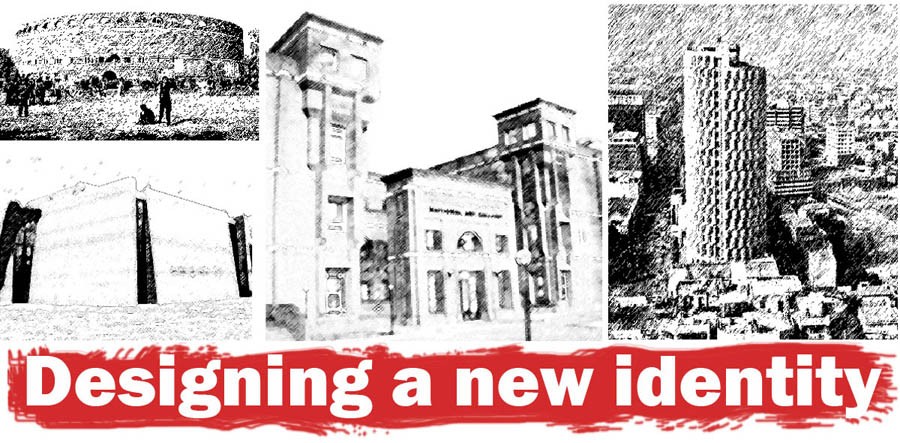
Why Pakistani architecture has not been able to forge an identity of its own?

People, buildings, spaces, cities must all come together in shaping the architecture of a particular place and distinguishing it from other places. In many ways then, architecture is indistinguishable from culture. And like culture, it is identified with boundaries which though abstract are understood in very physical terms -- villages, cities, countries.
Talking of boundaries, one question that must bother us is whether there is an architectural identity of Pakistan: a simple question that most people like to answer in the negative. Pakistani architecture has not been able to forge an identity of its own, when this is not so true for certain other fields like art, music and even fashion.
Why is that so?
In today’s Special Report we have tried to approach this question from different angles, and the answers have been provided mostly by foremost architects of the country. It is heartening to note that our architects are aware of the broader challenges posed to their fields.
To start with, there is the break with tradition that came in the form of colonialism, something which the Western world did not experience. "And then nothing was reborn immediately," says Nayyar Ali Dada. Obviously, it was important then to rethink of ways and means of connecting with the past; because identity-forming architecture needs a continuity with the past.
Unlike other arts, architecture depends on the clients; their demands and client dictate the face of architecture. This matter of lack of taste needs to be seriously looked into because it has to be cultivated at a young age, we are told.
Ultimately, the architect has to perform the difficult balancing act -- of wedding functionality with aesthetics, and picking the best values of both old and new worlds. The architects of today must operate with plurality and a sense of freedom. But plurality also means taking into account the plurality of cultures. Taking Yasmeen Lari’s advice of democratising this field, it must mean taking into account plurality of classes, removing inequality, instead of focusing too much on technology that consumes wealth and sullies the environment and this planet.
If architecture has some bearing on culture, the architects must be mindful of the fact that they are not just borrowing from culture they are also adding to it by shaping the landscape. They are constructing a new identity.